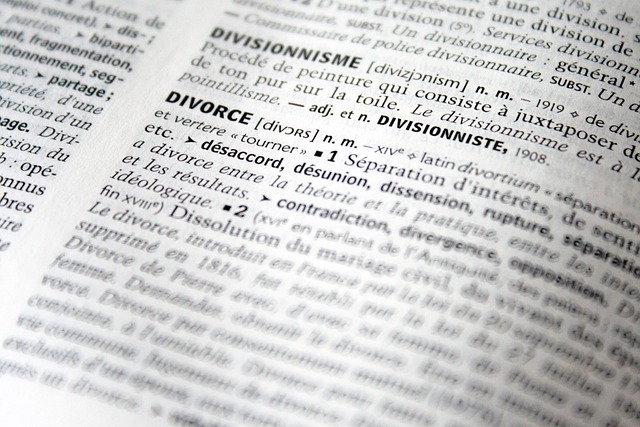Structured death settlements provide a strategic financial safety net for grieving families, addressing both emotional and financial needs after a loved one's passing. In wrongful death cases, opting for a lump-sum offers immediate resolution but may overlook future medical costs or inflation. Structured settlements, however, offer predictable monthly installments over an extended period, ideal for complex cases with long-term care requirements or significant damages, ensuring financial security and stability for survivors and their families.
In the face of unimaginable loss, understanding your options for a wrongful death settlement is crucial. This article delves into two prominent approaches: structured settlements and lump-sum compensation. By exploring the nuances of each method, we aim to empower families navigating this difficult landscape. Weighing the pros and cons allows for an informed decision, ensuring the best outcome in a time of grief. Discover how these settlement strategies can shape the future following a tragic loss.
- Understanding Structured Death Settlements
- Exploring Lump-Sum Wrongful Death Compensation
- Weighing the Pros and Cons of Each Settlement Approach
Understanding Structured Death Settlements

Structured death settlements offer a carefully planned and often complex financial arrangement in the event of a loved one’s passing. This type of settlement is designed to provide immediate and ongoing support for surviving family members, addressing both their emotional and financial needs. Unlike lump-sum payments, structured settlements allocate funds over an extended period, sometimes spanning decades. This approach ensures a steady stream of income, which can be especially beneficial when dealing with unforeseen expenses related to the loss of a primary breadwinner.
In many cases, these settlements are tailored to specific circumstances, including factors like medical bills, funeral arrangements, and the overall financial picture of the deceased’s family. For instance, in real estate litigation or homeowner insurance claims involving wrongful death, structured settlements can provide a more comprehensive safety net. This is particularly relevant for families navigating complex legal processes, where a structured approach guarantees consistent financial support throughout the entire process.
Exploring Lump-Sum Wrongful Death Compensation

In the realm of wrongful death settlements, one prominent option is the lump-sum compensation. Unlike structured payments that divide the settlement over time, a lump-sum payout offers a definitive and immediate monetary resolution. This approach can be particularly appealing for several reasons. It provides the beneficiaries with complete financial clarity, enabling them to manage their affairs without the complexities of future installment payments.
Moreover, exploring lump-sum wrongful death compensation allows for greater flexibility in managing the funds. Whether it’s covering immediate expenses, investing for the future, or seeking additional legal recourse through contract disputes or addressing slip and fall injuries, the lump sum can be tailored to meet the unique needs of each case. However, it’s crucial to consider that this option may not account for all potential future needs, especially when dealing with complex cases involving breach of fiduciary duty.
Weighing the Pros and Cons of Each Settlement Approach

When considering a wrongful death settlement, two primary approaches emerge: structured and lump-sum payments. Each has its merits and demerits, influencing client recovery strategies differently. Structured settlements offer predictable monthly payments over an extended period, providing financial security for the victim’s family. This approach is particularly beneficial in cases involving complex medical needs or long-term care requirements, ensuring a steady stream of income to cover ongoing expenses related to car accident injuries or other consequences.
Conversely, lump-sum settlements provide a one-time payment, offering immediate access to funds. While this might be appealing for those seeking swift financial resolution, it may not adequately account for future medical needs or inflation. In real estate litigation scenarios, where substantial damages are at stake, a structured settlement could enable better management of potential future expenses related to property disputes, ensuring the client’s long-term financial stability. Weighing these options is crucial in navigating wrongful death cases, aiming to secure the best possible outcome for survivors and their families.
When contemplating a wrongful death settlement, understanding both structured and lump-sum options is crucial. Structured settlements offer guaranteed income over time, providing financial security for survivors’ needs. In contrast, lump-sum payments deliver immediate access to a larger sum, allowing for significant expenses or investments. Weighing these approaches involves considering the beneficiary’s preferences, long-term financial stability, and legal counsel’s advice. Ultimately, the decision should align with what best serves the interests of the survivors, ensuring they receive fair compensation while navigating life’s challenges.






